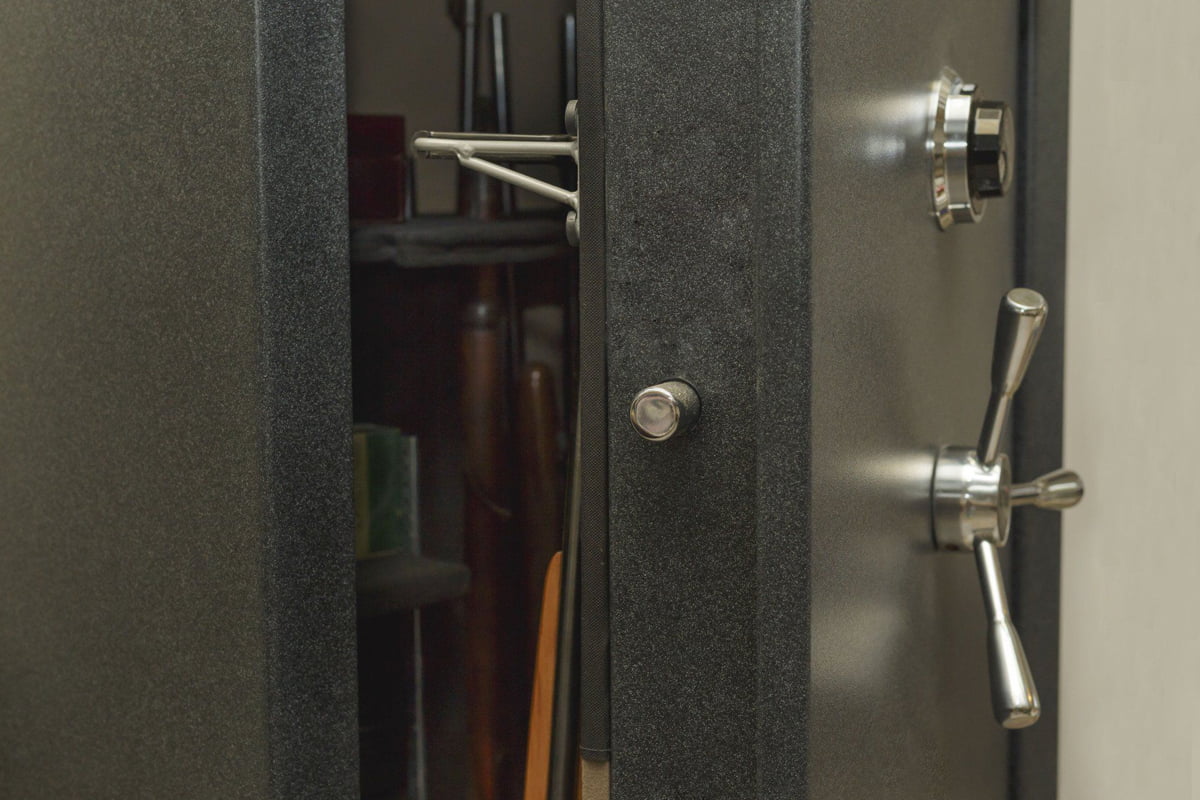You may have heard about the possible health advantages that come from drinking alkaline water instead of normal tap water, which is slightly acidic. This kind of water has been linked to anti-oxidant benefits, as well as improved hydration and increased absorption of essential minerals. Unfortunately, alkaline water is difficult to store and ship, as it loses its beneficial properties in only a short period of time. That’s why it’s necessary to produce all the alkaline water you drink at home.
Many people are interested in the benefits associated with ionized water, but surprisingly few know much about it. That can make the process of producing alkaline water seem mysterious and complicated. While it does require specialized equipment, this procedure is actually relatively simple once you understand the basics.
Positive Vs. Negative Charges
Molecules naturally tend to have either a positive or negative charge. Most water molecules are slightly acidic and tend to have a positive charge, like most of the food that human beings eat. Drinkable ionized water has a negative charge and a mildly alkaline pH rating. It is thought to balance the charges and acidity in the human body, promoting better health and decreasing oxidation.
Mineral Content
In order to work correctly, water ionizers need water that contains some minerals, especially calcium and magnesium salts, which are important in the human diet. The filtration process that water goes through before entering the ionization chamber tends to remove natural supplies of these minerals, however, along with heavy metals and other pollutants. Water ionizers use a special filtration unit that remineralizes the water using only the beneficial minerals and leaving the toxic substances behind. Once the minerals are fully dissolved in the water, the process of producing alkaline water can begin.
The Ionization Process
The remineralized water flows into a chamber containing special titanium electrodes that have been coated with platinum. These electrodes send a charge through the water and the minerals it contains, splitting it into positively charged acidic water and negatively charged alkaline water. Each type of water is sent into a separate holding tank immediately after the splitting process, but only the alkaline water is considered good for drinking. Acidic water is usually reserved for skin care, kitchen cleaning, and disinfection since it has some antiseptic properties.
Health Benefits
While science is currently unclear about the precise health benefits of alkaline water, it has been associated with a number of positive effects. These include improved stamina, a decrease in stomach acidity, better skin tone and a reduced rate of many diseases. Many of these health benefits are thought to be caused by the overall better health believed to come from drinking alkaline water, especially improvements in the immune system.
Storage Options
The hydroxyl ions found in ionized water are relatively fragile. That means that it’s not possible to store or ship this product for more than about 18 to 24 hours before it reverts to normal water. Most users will need to consume the water immediately after it leaves the water ionizer, but there are a few solutions that can allow you to enjoy it later in the day.
For instance, Tyent offers special stainless steel Goodlife bottles made to preserve the beneficial properties of your ionized water as long as possible. No bottle will allow you to keep the water for longer than its maximum lifespan of about a day, but these products might help you maintain high-quality ionized water for longer than an ordinary plastic container. They’re also a cost-effective way to avoid pricey bottled water while enjoying a healthy option.









